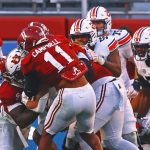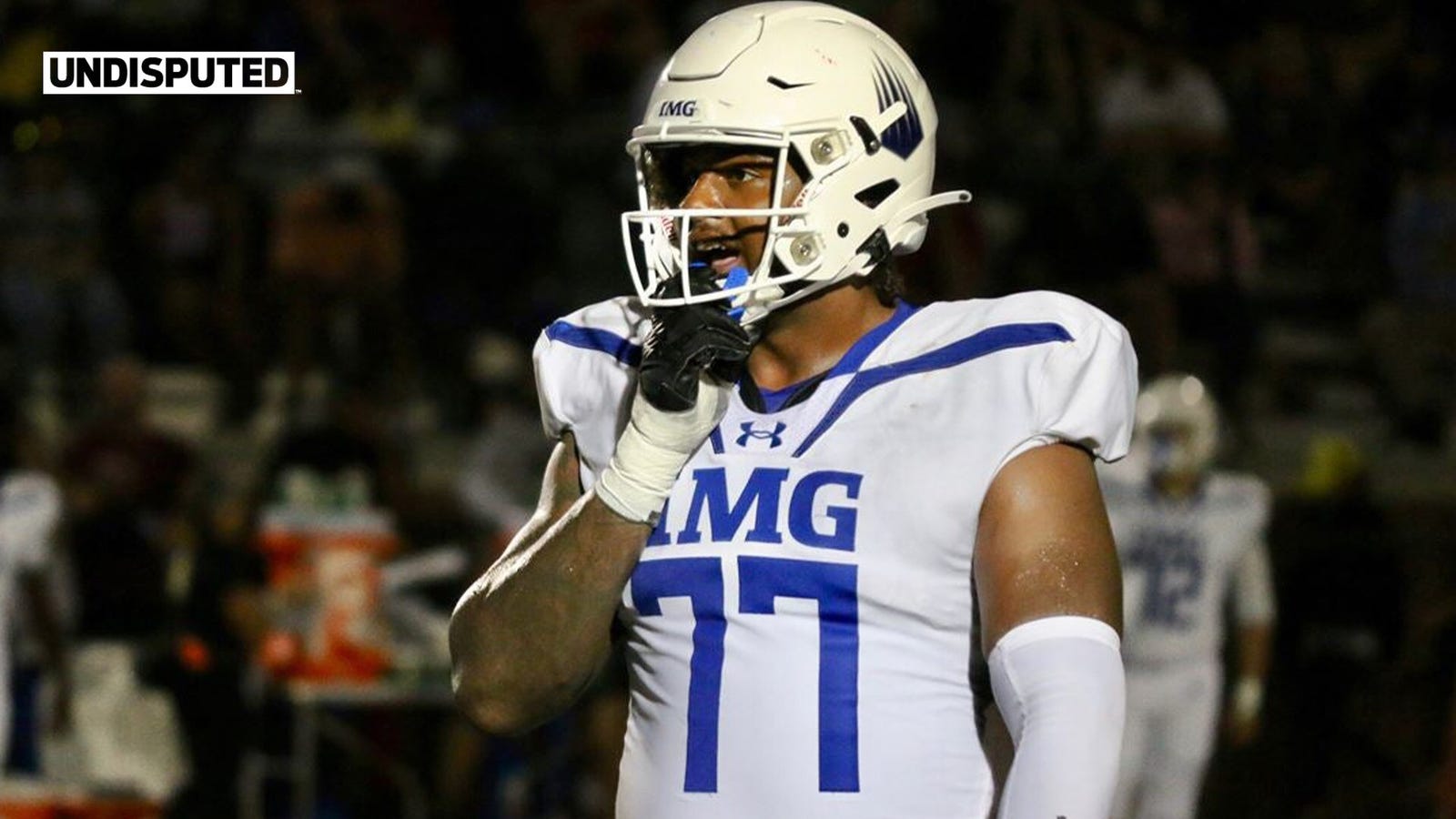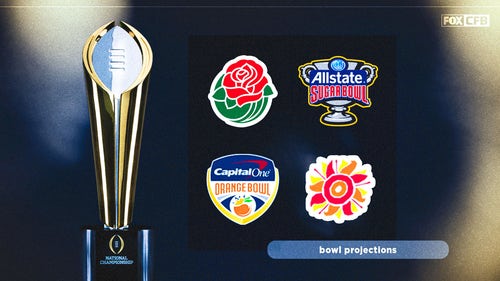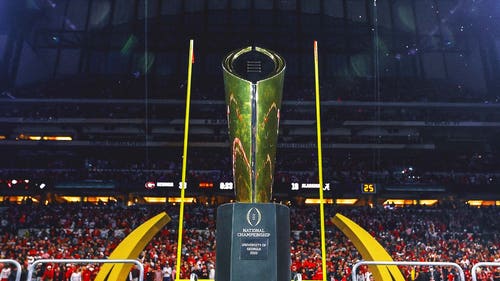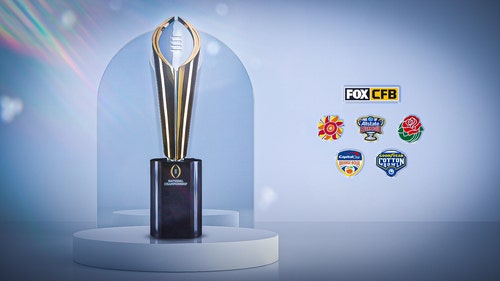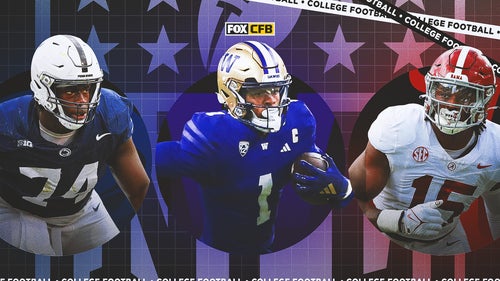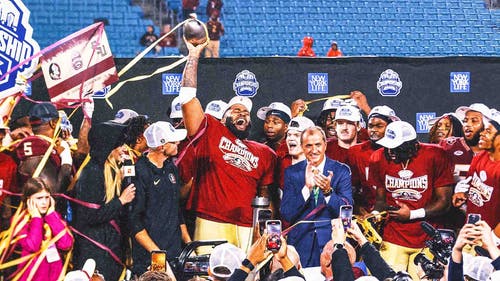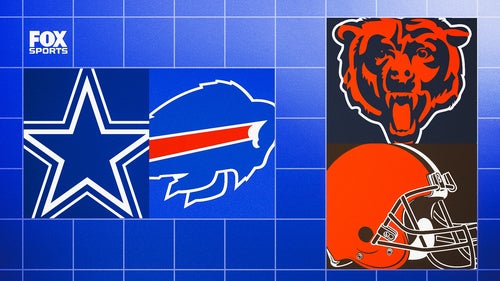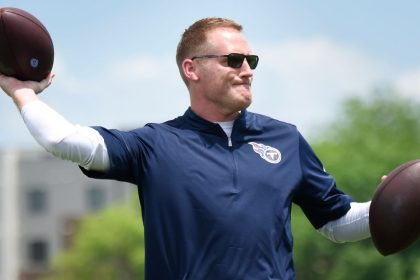Deion Sanders took a break from the recruiting trail to reel in a large bass not long after Colorado’s season came to a close. His trophy catches from the transfer portal have been sizeable, too.
The Buffaloes coach delivered on his promise to bring in offensive linemen to protect his often-hit quarterback son, Shedeur Sanders.
He brought in linemen from the University of Houston, Connecticut, UTEP and two from Indiana. He also hooked one of the nation’s top high school linemen and a junior college talent.
To land more than 2,100 pounds of added blocking power was no easy feat. Offensive linemen are highly coveted in the portal. Every team out there is searching for them. As starters, for sure, but for depth as well. Play in just one game, on any level, and a center, tackle or guard can expect to receive the red-carpet treatment.
ADVERTISEMENT
“If you’ve got the prototypical size, length — and you have the movement, ability — every team is going to be all over you,” explained AK Mogulla, the director of player personnel at Auburn.
Next challenge: Getting those in-the-trenches players to mesh.
“There’s no secret that an offensive line is by far the most difficult group to get to gel and [the] most important group to get to gel,” said former Colorado offensive lineman Tyler Polumbus, who won a Super Bowl with the Denver Broncos following the 2015 season. “You go get those Band-Aids, but you certainly can’t give up on the high schoolers.”
Sanders vowed to upgrade his offensive front after a 3-0 start ended with a 4-8 finish in his first season in Boulder. Shedeur Sanders was sacked 52 times and sat out the season finale due to a fracture in his back.
Going into signing day this week, Deion Sanders has so far landed Houston guard Tyler Johnson, UTEP guard Justin Mayers, Connecticut center Yakiri Walker and Indiana tackle Kahlil Benson and guard Matthew Bedford. He also added junior college player Issiah Walker Jr. and Jordan Seaton, a five-star recruit out of IMG Academy in Bradenton, Florida.
“I didn’t want to go somewhere and just be another guy,” Seaton said on “The Rich Eisen Show.” “I wanted to make history and start from the ground up.”
Usually, teams add a piece or two up front. Michigan, the top seed in the College Football Playoff, brought in Drake Nugent (Stanford) and LaDarius Henderson (Arizona State). Both performed at All-Big Ten levels. Myles Hinton also transferred from Stanford.
That’s the case all over college football — center Matt Lee earned second-team All-ACC honors for Miami (Fla.) after his arrival from Central Florida. Ajani Cornelius started at right tackle for Fiesta Bowl-bound Oregon following his time at Rhode Island.
Then there’s Alabama, whose line is developed from within. It’s a fine line between developing players or relying on the transfer portal in this win-now atmosphere for college coaches.
Ephi Levy, the director of player personnel at South Florida, said his program is committed to recruiting players out of high school, particularly from the Florida/Georgia corridor. Of their 25 “hard commits” compiled by 247Sports, 22 hail from those two states. The 247Sports rankings has the Bulls with the highest class among the group of five schools.
To keep them, though, requires constant work.
“If it’s a highly ranked high school kid, you’ve got to make sure they’re getting quality snaps or practice snaps — and you’ve got to keep them in tune,” Levy explained. “It’s a balance in this day and age, where you’re not just going out and recruiting other players, you’re also recruiting your own team.”
Sanders relied heavily on the portal when he first arrived in Boulder from Jackson State (a nation-leading 56 newcomer transfers). But he couldn’t change things overnight. Not to his expectations, anyway, and especially up front. The Buffaloes were also at the bottom in rushing during their final season in the Pac-12 before moving to the Big 12.
He bulked up his line through the portal, along with adding skill players such as Vanderbilt receiver Will Sheppard and University of Kentucky twins, quarterback Destin Wade and linebacker Keaten Wade. Colorado’s transfer class is currently rated No. 2 by 247Sports.
“We built (the line) last year through the portal. You can do it,” said Mogulla, the Auburn official. “But you can’t sustain with it over the course of time. … If we do that one year (reach into the portal), the next year, you better go out and sign some pretty darn good high school guys.”
As for keeping players, that’s where name, image and likeness compensation figures into the equation. Deep pockets help.
Just two weeks before the 2021 winter signing day, two major collectives launched, including “Horns With Heart” and its “Pancake Factory” that promised $50,000 a year to all Texas Longhorns scholarship offensive linemen. It was an approach targeted specifically at an annual position of need and that signing class included Kelvin Banks Jr., who earned first-team, All-Big 12 honors this season. It drew immediate outrage from rival fan bases amid larger questions about NIL’s role as a recruiting enticement.
That criticism has quieted as NIL as a multi-million-dollar industry has expanded across college sports. By the start of the 2022 season, every Longhorns offensive lineman had signed their first $50,000 deal to help promote charities.
“It’s hard to find big, athletic bodies that can bend and move and play at a high level,” explained Steve Wiltfong, the director of recruiting for 247Sports. “You’ve got to do whatever it takes to keep them in your program, because people are going to do a lot to get them in the portal and try and get them to come their way.”
Reporting by The Associated Press.
[Do you want more great stories delivered right to you? Here’s how you can create or log in to your FOX Sports account, follow your favorite leagues, teams and players and receive a personalized newsletter in your inbox daily.]
COLLEGE FOOTBALL trending
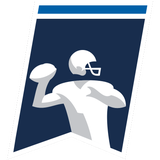
Get more from College Football Follow your favorites to get information about games, news and more




